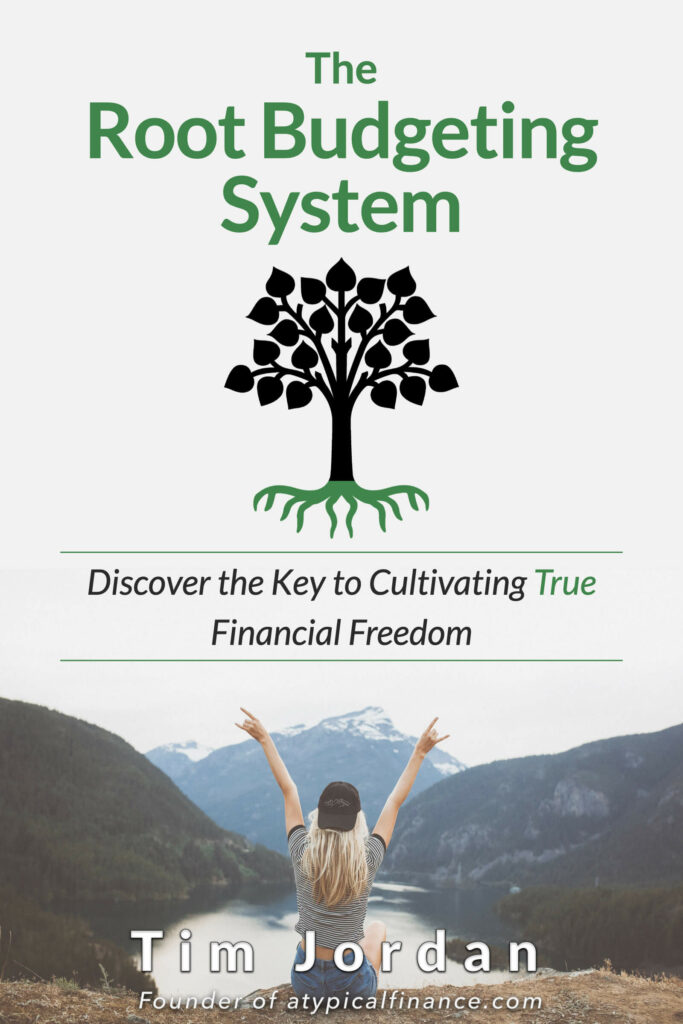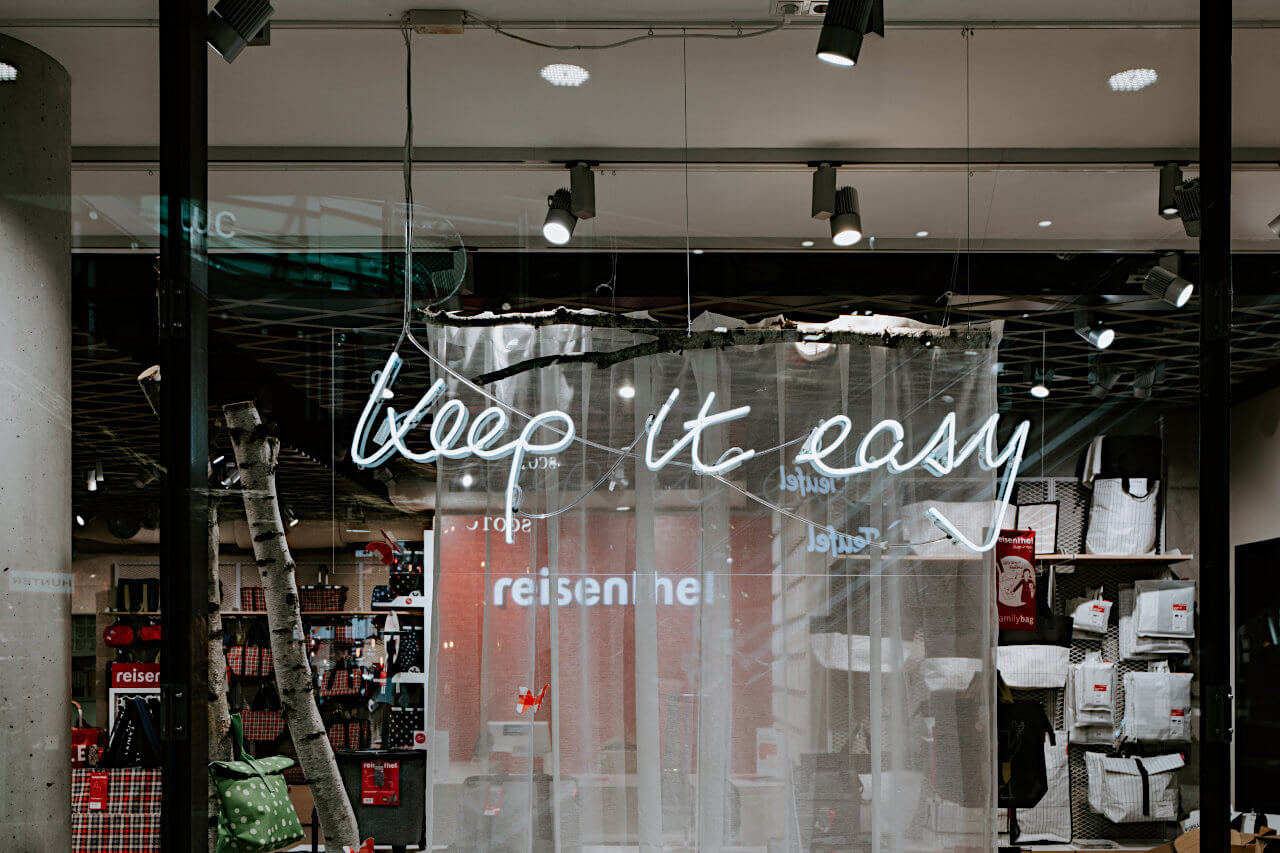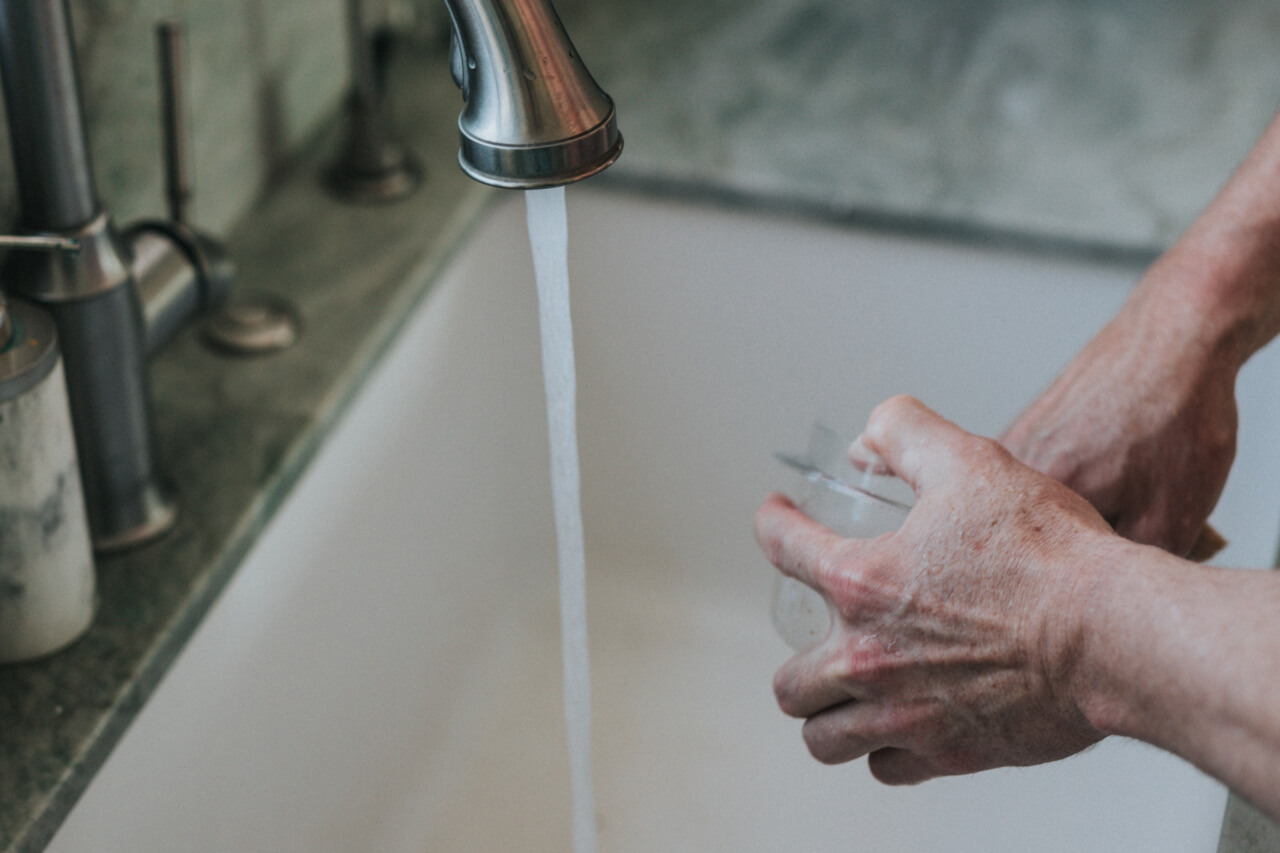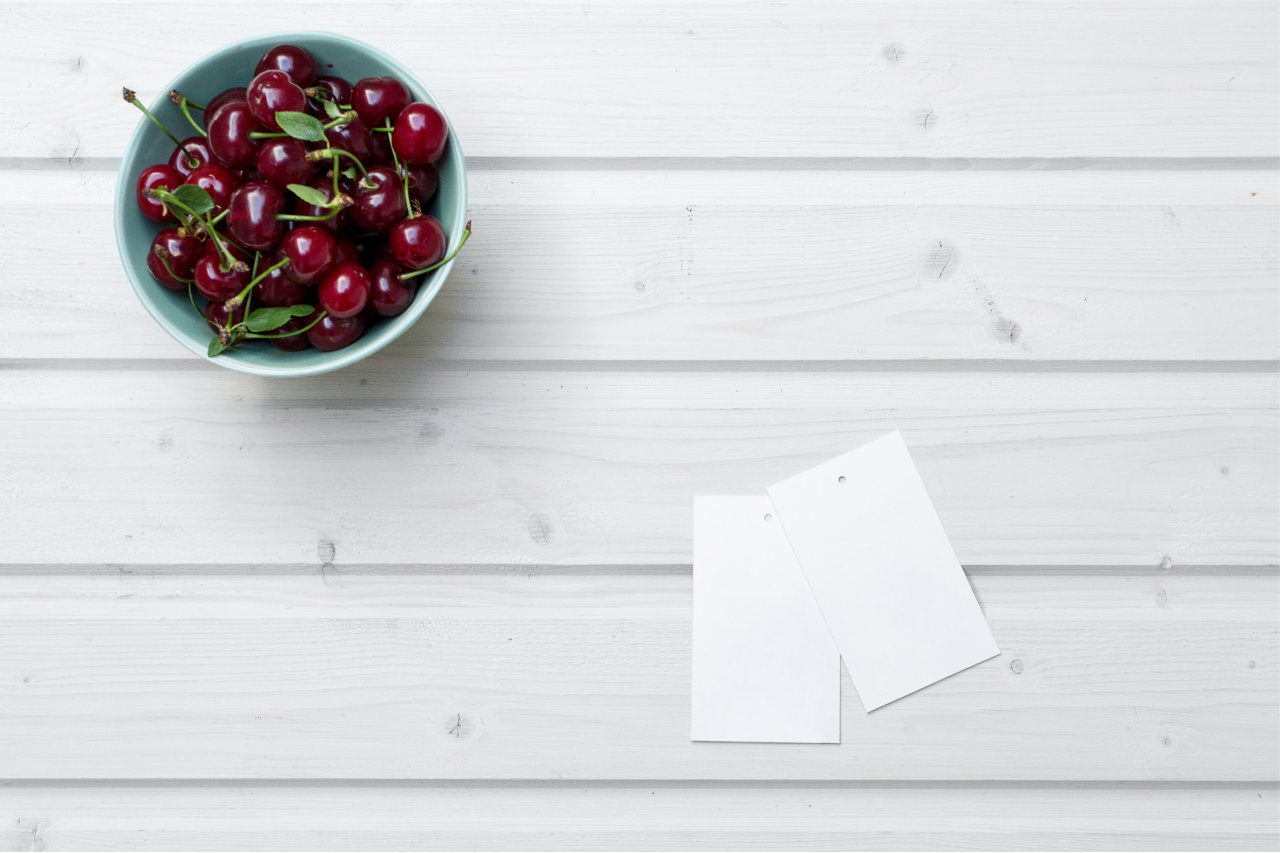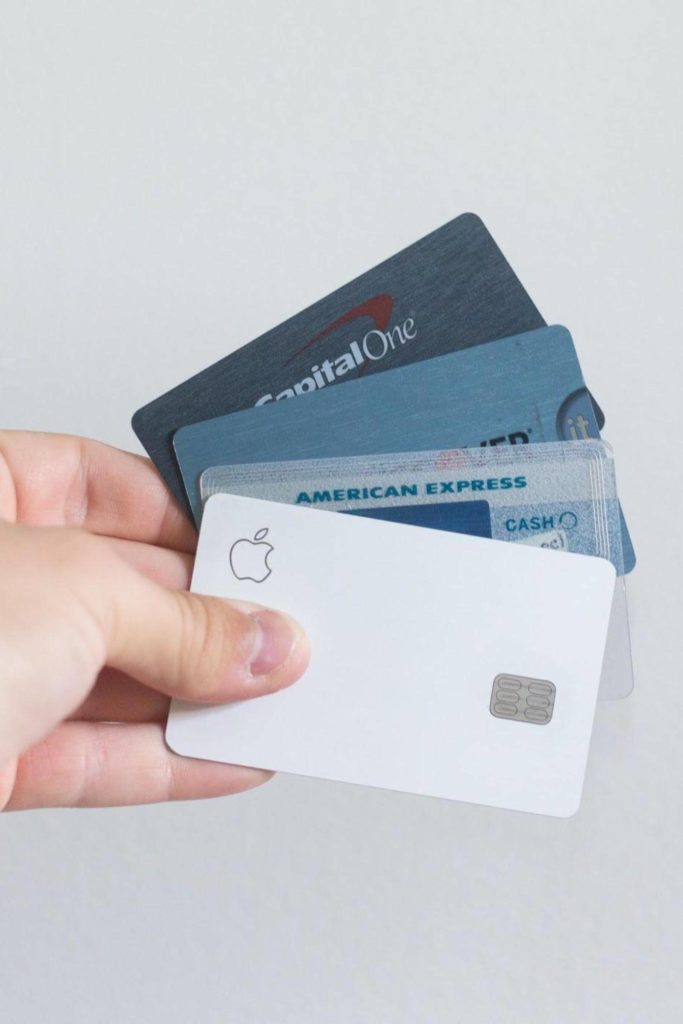In the early days of sailing, sailors used landmarks, the sun, and the stars to navigate the seas to either sail to a place already known or find new land entirely.
Then, a piece of technology invented in the early 11th or 12th century changed the way we sailed.
This piece of technology was the compass.
The compass would become one of the most relied-upon tools sailors would use.
Sailors looking for new land in the early days of European expansion would use a compass to point their ships westward until they hit land.
Even the R.M.S. Titanic in the early 20th century used a compass to begin her journey across the Atlantic Ocean on her way to New York.
These ships and sailors had a destination in mind and used the tools at their disposal to get them there.
As time went on, the navigation abilities and instruments improved. After discovery, new land was placed on maps so other captains would know how to get to these new areas.
Maps then became more detailed. Eventually, computers took over the jobs that paper maps once held until we got to where we are today with GPS.
GPS is now a much more accurate way of picking your destination, plotting a course, and getting to where you want to be in the shortest possible time.
The GPS of Personal Finance
In finance, tracking your spending is like your personal GPS.
Not tracking your spending is like having a destination but not knowing how to get there.
It is like a 12th-century sailor without a compass or going to a new friend’s house without inputting their address into your phone or GPS.
This is why tracking your spending is so important—why I believe it is one of the three pillars of budgeting.
Without tracking your spending, it is impossible to know if you are going in the right direction and at the speed that is best suited for you.
Without tracking your spending, you may feel like you aren’t doing enough, or that you’re doing too much.
Just like a GPS, tracking your spending will help get you where you want to be financially. And it will help you determine the quickest and best path for you.
Imagine this scenario
You set yourself a goal to pay off $20,000 in debt, and you want to do it in two years.
Using that whole “math” thing (yuck), you figure out that you need to pay $833.33 every month by dividing the $20,000 by 24 months. You set up an automatic payment so you do not miss a beat.
You are all set, right? Not quite.
As the months come and go, you begin to realize that you are needing to use credit cards for your basic expenses because of that monthly $833.33 debt payment.
As you pay down your debt, your new credit card debt grows larger and larger.
You reach your debt payoff goal after two years and then notice that your new credit card debt acquired by trying to live is about $10,000.
Imagine the frustration you would feel!
You have been killing yourself, skimping and scraping for two years to pay off $20,000 in debt, and now you are only at half?!
If you were tracking your spending in this situation, you would see that you could only put $433 of your current income toward your debt each month instead of $833.
That extra $400 a month you were putting toward your debt resulted in credit card debt totaling $9,600, not even including interest, while you were paying off the original $20,000.
It is great to have a lofty goal like paying off $20,000 in debt. By tracking your spending, you will realize what is missing in your plan to achieve your goal.
It allows you to ask yourself one question—“what can I do to make that goal?”
This gets the wheels of your brain turning, so you may now be thinking about potentially finding a job with more income, cutting back on expenses for a short time to meet your goal, or some other option you may not have thought of—all from tracking your spending.
Tracking your spending is like a GPS showing you the quickest way to the life you want and to reaching the goals that you are striving for.
It gives you the data you need to determine if you are spending too much or too little.
Make Things Easy
One thing we want to look for when tracking our spending is ease. I prefer and always recommend a budgeting app.
My app of choice is You Need a Budget. I have found the app flexible enough to adapt to what I need it to do rather than telling me how to manage my money.
I have also tried Dave Ramsey’s EveryDollar, Mint, Personal Capital, Quicken, Banktivity (back when it was iBank), and a few obscure Mac Apps. You Need a Budget has been the best for my personal needs, but the best apps have the same things in common.
When you are looking for a budgeting app, you will want to make sure it has these functions:
- The ability to connect directly to your accounts. This includes bank accounts and credit card accounts. Investment accounts is optional because we are focusing on your budget here first.
- The ability to enter your transactions manually. On average, it can take two days for transactions to clear your bank or credit card account and no longer be considered pending. You will want the ability to enter transactions as they happen rather than waiting for them to clear your bank so you have a better picture of where your budgeted categories are at.
- The ability to create and manage your own categories. This is a big must-have because you want your budget to reflect you. Why use categories that someone has set for you that you cannot change? What if you don’t use a category or need to create one they don’t have? As you enter and download your transactions, you will want to be able to categorize them to the categories you have set for yourself.
- The ability to match your transactions manually. No app is perfect and sometimes when downloading transactions, things get duplicated, miscategorized, or just straight up matched to the wrong transaction. You will want the ability to choose what is a cleared transaction in your app manually. Even if the app and bank downloads are never wrong, when they eventually are, you will be glad you are able to match manually.
- An app for doing all of this on the go. Most modern money tracking apps have a mobile version that you can take on the go. This is important for two reasons. First, it allows you to enter the transactions as they happen. This way you do not have to let the receipts pile up to enter later, and you can know exactly what you have after purchases in case you need to make purchases in the same category. Second, you always have your budget at your fingertips. If you decide you want to go out to eat last minute, you do not have to guess if you have the money in your budget for it. Simply open up the app on your phone and you are good to go. Magic!
My advice is to try them out, see if they work for you, and then go all in.
Most apps will have a little bit of a learning curve, but there are usually tutorial videos you can find to help out.
You Need a Budget specifically has an amazing knowledge base to get you started.
Conclusion
Do you need an app to track your spending?
You don’t, but it makes it a heck of a lot easier. I highly recommend it.
However, you do have the option of setting up a budget using a spreadsheet program like Google Sheets, Apple Numbers, or Microsoft Excel if you, ahem, excel at them.
If you are like me and only know the basics of spreadsheeting (is that a word?), it will take you significantly more time to manage your budget. Having something that is easy to use will help you stick to your budget.
To make things a little easier, there are apps out there that work directly with spreadsheets. Tiller and Pear Budget are two that come to mind.
Regardless of what you use to track your finances, doing so is the important thing
Do your research to find out what program is going to be best for you for tracking finances.
Then start using that financial GPS!

